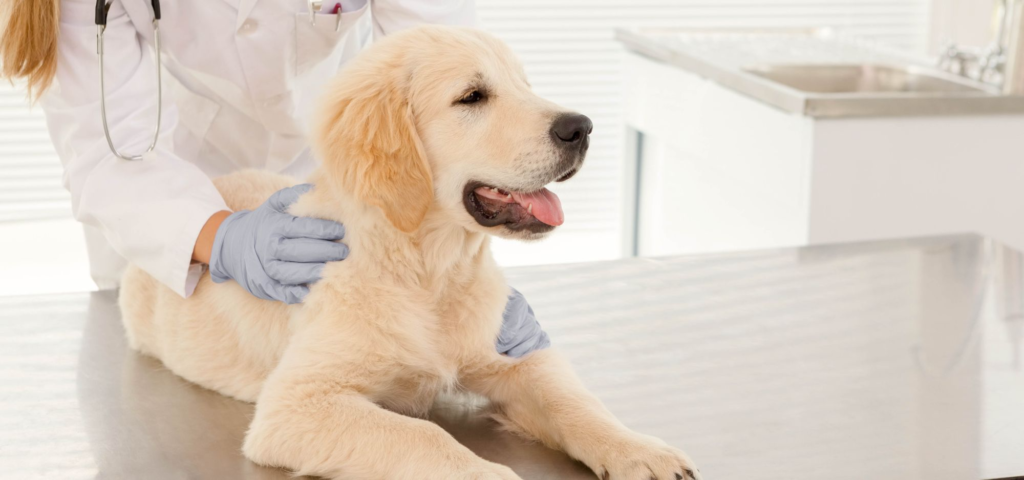
Skin conditions can be a cause of concern for dog owners, especially when trying to differentiate between different types of skin problems. Two common skin issues that can affect dogs are hotspots and ringworm. In this article, we will explore the differences between these two conditions, including their causes, symptoms, and treatment options.
- What are Dog Hotspots?
Dog hotspots, also known as acute moist dermatitis, are localized areas of inflamed and infected skin. They typically occur due to underlying issues such as allergies, insect bites, or skin irritations. Hotspots are characterized by redness, irritation, oozing, and a foul odor. Dogs may excessively lick, chew, or scratch the affected area, exacerbating the condition. - What is Ringworm?
Ringworm is a fungal infection that can affect the skin, hair, and nails of dogs. Contrary to its name, ringworm is not caused by worms but by a group of fungi known as dermatophytes. Ringworm appears as circular or irregularly shaped patches of hair loss with scaly, red, and itchy skin. The affected area may have a raised border and can spread to other parts of the body and even to humans. - Causes and Transmission:
a. Hotspots: Hotspots can be triggered by a variety of factors, including allergies, flea infestations, poor grooming, moisture buildup, or skin trauma. They are not contagious and usually occur as a localized reaction.
b. Ringworm: Ringworm is highly contagious and can be transmitted through direct contact with an infected animal or contaminated objects such as bedding or brushes. Dogs with weakened immune systems or those living in crowded or unsanitary conditions are more susceptible to ringworm. - Symptoms:
a. Hotspots: Hotspots appear as moist, inflamed areas with redness, swelling, and possible hair loss. The affected skin may be warm to the touch and often presents with a foul odor. Hotspots are typically localized and may worsen if not treated promptly.
b. Ringworm: Ringworm lesions are circular or irregularly shaped with raised edges. The skin within the lesion may be scaly, red, and itchy. Hair loss, broken hairs, and crusting can also be observed. Ringworm can affect multiple areas of the body, and lesions may grow in size over time. - Treatment:
a. Hotspots: Treatment for hotspots involves cleaning and disinfecting the affected area, trimming the surrounding fur, and keeping the area dry. Your veterinarian may prescribe topical or oral antibiotics, along with medications to alleviate itching and discomfort.
b. Ringworm: Ringworm treatment often involves antifungal medications, both topical and oral, to eliminate the fungal infection. Environmental decontamination is essential to prevent the spread of ringworm, including regular cleaning of bedding, brushes, and other items that may come into contact with the infected dog.
While both hotspots and ringworm can cause skin problems in dogs, understanding their differences is crucial for proper diagnosis and treatment. Hotspots are localized and often triggered by underlying issues, while ringworm is a contagious fungal infection that can spread to other animals and humans. By recognizing the specific symptoms and seeking veterinary guidance, dog owners can ensure appropriate treatment and prevent the further spread of these conditions.